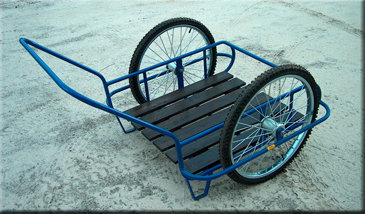Finman
Queen Bee
- Joined
- Nov 8, 2008
- Messages
- 27,887
- Reaction score
- 2,026
- Location
- Finland, Helsinki
- Hive Type
- Langstroth
- Selecting what ---> good layers and good pastures.
I see where you are going. So they gave varied amount of crop because they were on a different location.
I am used to think the opposite way - i search the poorest environment and then i keep my eye for the best hives. The selection is pretty useless in a areas with good honey flows , and sometimes impossible.
It is not always about the size of the colony, busy or not, it's about working smart. The bees use different tactics for foraging, and most often that makes a BIG difference.
Sorry, but you did not understand anything.
I may think as opposite way as you like.
(Oh dear) Quite an insult that I am not able to select good bee strains.
During 50 years I have kept tens of different bee strains and I test them continuously by buying new queens from different professional beekeepers.
I do not breed queens myself. I use others' material My yard is too small to own breeding. I prefer to by couple of queens from guys who has over 300 or 500 hives. Some have 1000 hives.
It is much more easier to find good mother queens from a 500 hives' gang than 15.
Then, if you keep your own genepool, soon you have inbreeding problem, what you do not notice before it is too late.
But tell me when you get average yield 100 kg/hive. You do not get it ifg you carry your hives to "dry pastures". The price of your own queens will be too high. Your text is nonsence.
When you rear your own queens, you must sacrifice every year at least one good productive hive. Own queens are not free. It is about 100 kg honey and much money. 100 kg x 6 euros = 600 euros
But if you are going to generate selecting material from dry pastures, that I call brainless suicide.
How many hives you are going to put onto poor pastures where even one hive is too much?
5 hives is not much. 20 hives is something....
5 hives x 100 kg x 6 euros = 3000 euros. That is a price of your queens?
From free markets you can buy 100 mated queens with that sum.
..
.
Last edited:





















































